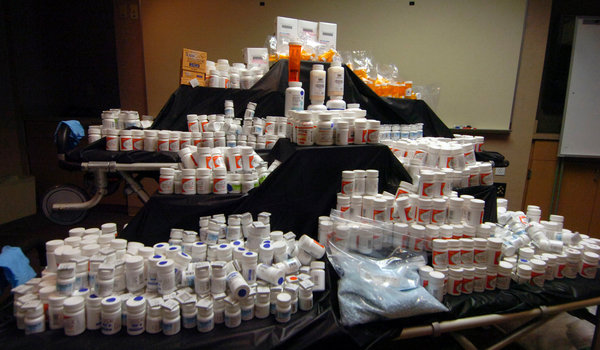Last week we blogged about controversy over Zohydro, an opioid approved last fall by the FDA. Another narcotic, Subsys, is generating attention, as is maker Insys Therapeutics. Subsys, a form of fentanyl which is sprayed under the tongue, is a narcotic used when painkillers such as morphine aren’t effective. Subsys was approved by the FDA in 2012 to treat a small number of cancer patients. In the past year, sales of Insys Therapeutics have soared and its share price has jumped nearly 270 percent. Over the last week, however, shares of Insys have lost roughly a third of their value after the arrest on federal fraud charges of a Michigan neurologist who was a top prescriber of Subsys.
Concern over Subsys are centered around aggressive marketing practices and off-label uses (uses the drug was not originally intended for), as the drug was approved to relieve cancer patients but fewer than 1% of prescribers are oncologists. Read more…


